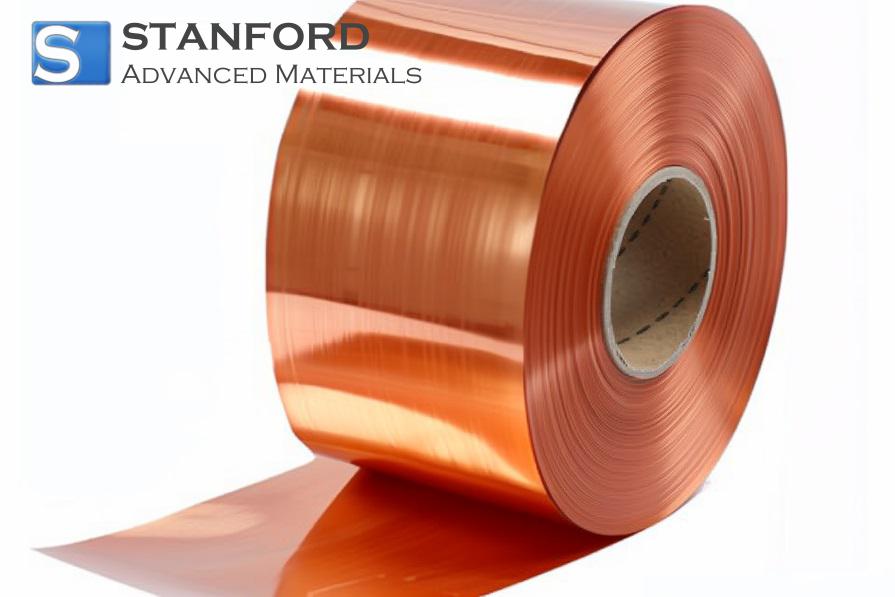Low-cost Nanotechnology Water Filters
In recent years, nanotechnology has experienced significant growth and produced a wide range of materials and applications. Carbon nanotubes appear to be feasible candidates for purifying polluted water, as the development of sustainable, energy-efficient, durable and cost-effective purification methods remains a considerable challenge. Traditional water treatment methods subdivide into biological, chemical and physical processes; these methods suffer from low adsorption capacity, toxic sludge production and high costs.
Most water pollutants exhibit a high affinity for carbon nanotubes, and filters made from these nanotubes can remove contaminants from polluted water. For instance, water-soluble pharmaceuticals are not effectively removed by activated carbon. Such issues are minimised due to the nanotubes’ extensive surface area. Maintenance costs and waste from water treatment are reduced, as stated by Thilo Hofmann, Prodekan of the Faculty of Earth Sciences, Geography and Astronomy at the University of Vienna.
A research group in India presented a solution to water purification challenges. They developed a nanotechnology-based treatment using a nano-silicon dioxide silver composite material that exhibits antimicrobial activity, prevents biofilm formation and adsorbs dyes. Consequently, the method treats pathogenic bacteria and dyes in polluted water simultaneously without the need for chemicals, electricity or high temperatures. The microbial filter utilises silver nanoparticles that are enclosed within a matrix of chitosan and aluminium, thereby preventing large contaminants from entering and deposits from accumulating on the nanoparticle surface.
This matrix prevents deposits from accumulating on the nanoparticle surface, thereby reducing the release of micro-zapping ions. The method does not require expensive or elaborate equipment and avoids the use of chemicals that reduce silver ions during silver nanoparticle production. The protein coating on the nanoparticles prevents silver-ion leaching, which could otherwise contaminate the water.
The technology offers a stable nanocomposite over extended periods. Water is crucial to life and is linked to health, education and societal well-being. Given that many regions, including India, face water contamination challenges, such methods can have a positive impact.

 Bars
Bars
 Beads & Spheres
Beads & Spheres
 Bolts & Nuts
Bolts & Nuts
 Crucibles
Crucibles
 Discs
Discs
 Fibers & Fabrics
Fibers & Fabrics
 Films
Films
 Flake
Flake
 Foams
Foams
 Foil
Foil
 Granules
Granules
 Honeycombs
Honeycombs
 Ink
Ink
 Laminate
Laminate
 Lumps
Lumps
 Meshes
Meshes
 Metallised Film
Metallised Film
 Plate
Plate
 Powders
Powders
 Rod
Rod
 Sheets
Sheets
 Single Crystals
Single Crystals
 Sputtering Target
Sputtering Target
 Tubes
Tubes
 Washer
Washer
 Wires
Wires
 Converters & Calculators
Converters & Calculators
 Write for Us
Write for Us

 Chin Trento
Chin Trento



